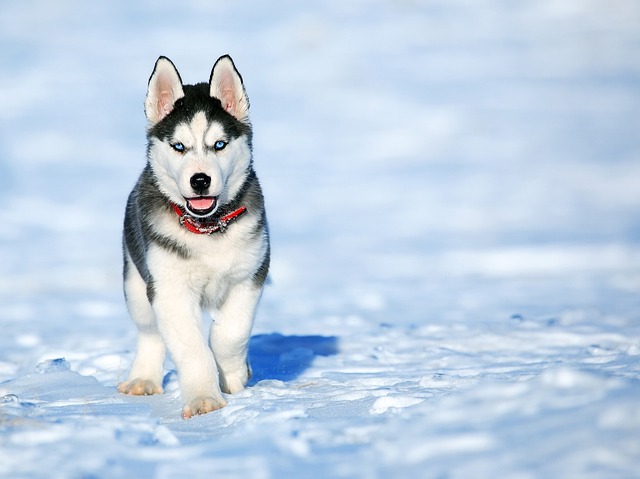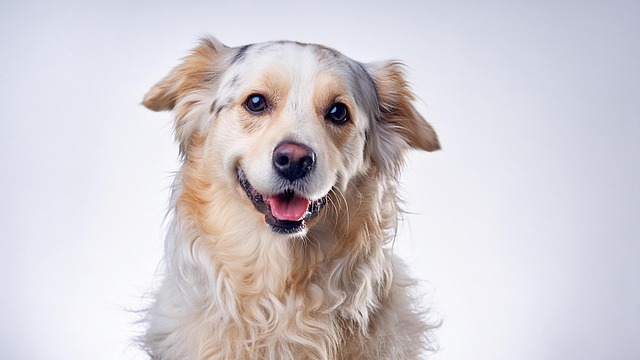
How long do puppies shed their puppy coat?
Watching a fluffy puppy grow into an adult dog comes with plenty of surprises, and one of the most noticeable is the shift in their coat.
A 9-month-old puppy shedding more than usual can catch any owner off guard. You might notice tufts on the couch, clumps in their bed, or even little piles by the door after a play session. Before panicking, it’s helpful to look at what’s normal for this stage of their growth.
Many breeds go through a "juvenile shed" around 6 to 12 months old. This is when their soft puppy coat makes way for the thicker, coarser adult fur. Breeds like Golden Retrievers or German Shepherds are famous for this transition—you might find their puppy fluff everywhere as the new coat comes in. It’s a natural process, but that doesn’t make the extra vacuuming any easier.
Diet plays a bigger role than you might think. If your puppy isn’t getting enough omega-3 fatty acids or essential vitamins, their coat can become dry and brittle, leading to more shedding. Try switching to a high-quality food formulated for their age and breed—look for ingredients like salmon oil or flaxseed, which support healthy skin and fur. Just remember to transition foods gradually over a week to avoid upsetting their stomach.
 Seasonal changes can trigger heavier shedding too. Even indoor puppies react to longer days in spring or cooler weather in fall. Their bodies adjust their coats to stay comfortable, so you might see a spike in loose fur during these times. Regular brushing—at least a few times a week—can help remove dead hair before it ends up on your furniture. For double-coated breeds, a de-shedding tool works wonders to get through that thick undercoat.
Seasonal changes can trigger heavier shedding too. Even indoor puppies react to longer days in spring or cooler weather in fall. Their bodies adjust their coats to stay comfortable, so you might see a spike in loose fur during these times. Regular brushing—at least a few times a week—can help remove dead hair before it ends up on your furniture. For double-coated breeds, a de-shedding tool works wonders to get through that thick undercoat.
Keep an eye out for signs that the shedding might be a problem. If your puppy has bald patches, red, itchy skin, or seems to be losing fur in clumps, it could be a sign of allergies, parasites, or a thyroid issue. In that case, a trip to the vet is a must. Early treatment can prevent more serious health issues down the line.
In many places, local laws require keeping your pet healthy, which includes addressing unusual shedding that might signal illness. It’s part of being a responsible owner—staying on top of their grooming and health not only keeps your home cleaner but also ensures your puppy is happy and comfortable.
With a little patience and the right care, this heavy shedding phase will pass. Before you know it, you’ll have a healthy adult dog with a shiny coat—and a lot less fur on your clothes.

Watching a fluffy puppy grow into an adult dog comes with plenty of surprises, and one of the most noticeable is the shift in their coat.

It’s a heart-stopping moment when your usually alert pup doesn’t react to their name, treats, or even the jingle of their leash.

A 9-month-old puppy shedding more than usual can catch any owner off guard. You might notice tufts on the couch, clumps in their bed, or even little piles by the door after a play session.

Trying to get a dog to take liquid medicine can feel like a battle of wills—especially when those big, innocent eyes stare back at you as if you’re offering something toxic.

Watching your dog turn away from food can spark that urge to step in—maybe even pry open their mouth to get something down. But before you act, let’s break down why forcing food might do more harm than good.

If you’ve ever brushed your hand along your dog’s back and noticed small, paper-thin flakes of skin coming loose—or found little bits stuck to their favorite blanket